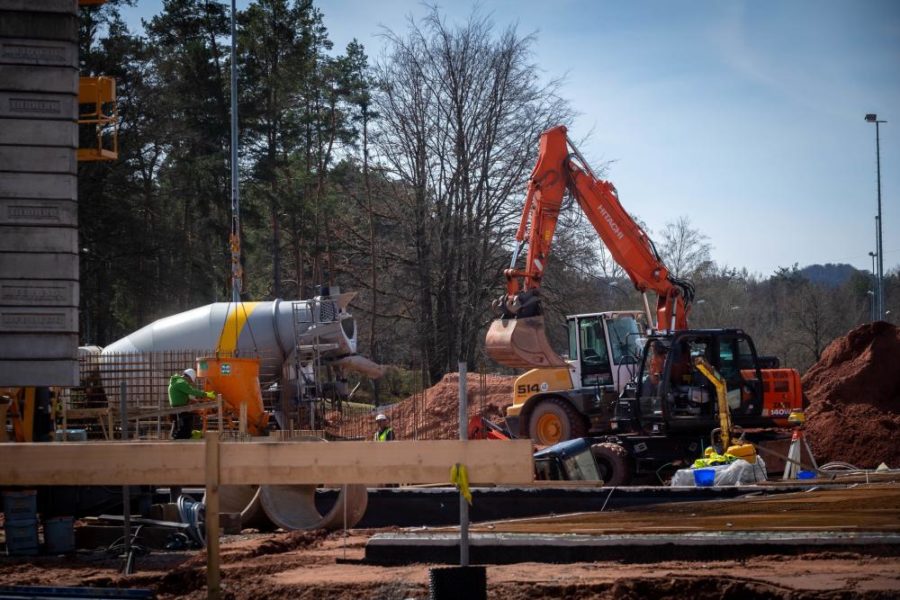Although the overall military construction request decreased from fiscal 2022 to 2023, spending on infrastructure for the Air Force’s new intercontinental ballistic missile more than quadrupled.
In 2022, the department requested $2.38 billion for projects across its Active-duty, Guard, and Reserve components. This year, it’s asking for $2.26 billion total, a decline of nearly five percent.
Of that, $444 million is devoted to projects related to the LGM-35A Sentinel, or as it was called until recently, the Ground Based Strategic Deterrent. Specifically, the service wants to spend $89 million for a maintenance facility at Vandenberg Space Force Base, Calif., $179 million for software and technology centers at Hill Air Force Base, Utah, and $176 million for a command center, a missile handling complex, and approximately 2,550 acres of land at F.E. Warren Air Force Base, Neb.
All told, the Sentinel-related projects represent nearly 20 percent of the entire 2023 MILCON budget, or one out of every five dollars. It’s also a dramatic expansion in construction for the program from a year ago—for 2022, the Air Force asked for $98 million for GBSD-related projects.
Military construction has become a more pressing concern for the Air Force in recent years—in 2021, officials estimated there was a $30 billion backlog of repairs, as previous budgets prioritized other needs and let facilities atrophy.
Most of the MILCON budget in 2023, though, is devoted to new missions that support the beddown or deployment of new systems—$1.57 billion out of the $2.26 billion, nearly 70 percent.
Included in that total are several projects for the B-21 Raider program. The Air Force is asking for authorizations of $328 million and appropriations of $218 million for Ellsworth Air Force Base, S.D., related to the B-21. Ellsworth is slated to be the initial B-21 operating base and the formal training unit, or “schoolhouse” for the bomber.
Other major projects included in the ’23 military construction budget include $191 million for the Air Force’s planned divert airfield on Tinian, one of the Northern Mariana Islands. The airfield, projected to be completed by 2025, will serve as an alternative to Andersen Air Force Base in Guam—the 2023 budget requests funds for a parking apron, fuel tanks, and further airfield development.
There is also $141 million for Kadena Air Base, Japan, to build a hangar for Helicopter Rescue Squadron Operations and a Helicopter Maintenance Unit, as well as a “corrosion control facility for painting large bodied aircraft.”
Within the U.S., there is $125 million for Barksdale Air Force Base, La., to build “a Weapons Generation Facility to reconstitute nuclear capability,” as well as $100 million to extend a runway at Joint Base Elmendorf–Richardson, Alaska.
While funding for military construction is down slightly in the latest budget request, the money for military family housing increases, from a $441 million request in 2022 to $588 million in 2023.
Much of that increase is devoted to construction improvements, to fund “the combination of required maintenance and repair together with improvements to bring the unit to contemporary standards.” In 2022, the Air Force asked for $105 million for such improvements. In 2023, that figure is more than double, at $230 million.
Most of that $230 million is slated to go to privatized housing through the Military Housing Privatization Initiative.
